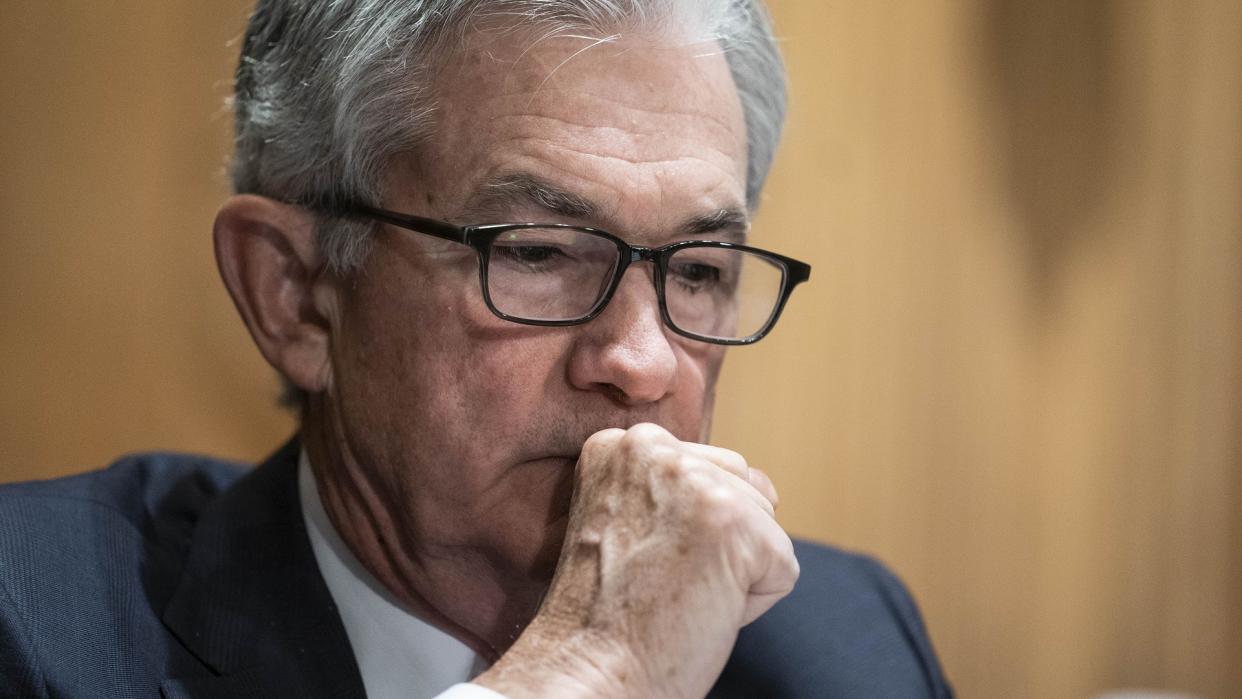New Fed Comments Signal Towards Interest Rate Hike Despite ‘Ground To Cover on the Labor Market Side’

The Federal Open Market Committee concluded its two-day meeting yesterday and acknowledged in a post-meeting statement yesterday that progress has been made towards the economic goals they are keeping an eye on before increasing interest rates. This is mostly reported in the media as “Fed tapering back bond purchases.” Here’s what that means.
Ponder: Should the Fed Rethink Inflation as Delta Variant Scours the Country?
Read: Despite Increasing Wages, Inflation Means the Average Worker Gets a 2% Pay Cut
The Fed has several tools at their disposal for influencing the open market. These are called open market operations (OMO). One such tool is buying and selling treasury bonds in the open market. Treasury bonds are secured by the U.S. government and considered a benchmark of stability in the international market. In order to increase the supply of money into the economy, the Fed buys bonds in great volume — typically from banks — in order to inject money into the market. This effectively lowers interest rates, as banks have more money to lend, and lending overall is easier. You might also hear this referred to as “easy monetary” policy, as it eases the constrictions on the economy.
Now that we are hearing of the Fed “tapering bond purchases,” this will have the opposite effect. Not purchasing bonds means that banks will have less money to lend out, effectively increasing interest rates.
The Fed’s comments yesterday have sent some signal to Wall Street that the Fed is preparing to taper bond purchases and increase interest rates.
Economy Explained: What Does the Fed Do, Anyway?
The Fed has said that it will not raise interest rates until the economy is fully on its way to recovery. This means near maximum employment and an inflation rate of 2%. Inflation is well on its way to reaching that goal, despite transitory side effects, but the employment rate still needs improvements. Powell said in his press briefing that there is still “ground to cover on the labor market side” before the central bank sees the recovery it is seeking. Powell stated, “I think we’re some way away from having had substantial further progress toward the maximum employment goal. I would like to see some strong job numbers. That’s kind of the idea.”
The FOMC did say that it has made some progress towards its economic goals, but that it is still seeking substantial further progress before it makes the decision to reduce bond purchases.
More: Inflation’s Ups and Downs: How It Impacts Your Wallet
PNC Chief Economist Gus Faucher told CNBC that “with its July 28 statement, the FOMC has started the tapering clock,” meaning that many on Wall Street are receiving the comments as an end to the easy money environment that has ruled financial markets for a decade.
Although the Fed usually avoids giving exact timelines as to prevent premature market rattling, markets are typically very sensitive to whatever comments Powell and his colleagues make. These preliminary discussions on interest rates are enough for markets to price in their expectations. Treasury yields remained higher Wednesday after Powell’s comments, following a recent lull.
See: Inflation, Wildfires and Drought Caused These 5 Food Products To Have a Price Jump
Learn: Earnings Statements Find Big Corporations Including Coca-Cola Worrying About Inflation Into 2022
For the average investor, this means that the reality of an interest rate hike is finally here. Although this might happen in a year, it could affect several purchases like a home or a car. It could also mean now is a good time to start rebalancing portfolios towards the expectation of higher interest rates and inflation. Financial stocks tend to perform better in a high interest rate environment, as do equities overall. With the market as unique as it has been after the pandemic and transitory inflation, we will reassess which investments are best in the coming months. For now, it’s best to keep an eye on interest rate developments and make decisions on big purchases like buying a home.
More From GOBankingRates
Last updated: July 29, 2021
This article originally appeared on GOBankingRates.com: New Fed Comments Signal Towards Interest Rate Hike Despite ‘Ground To Cover on the Labor Market Side’
